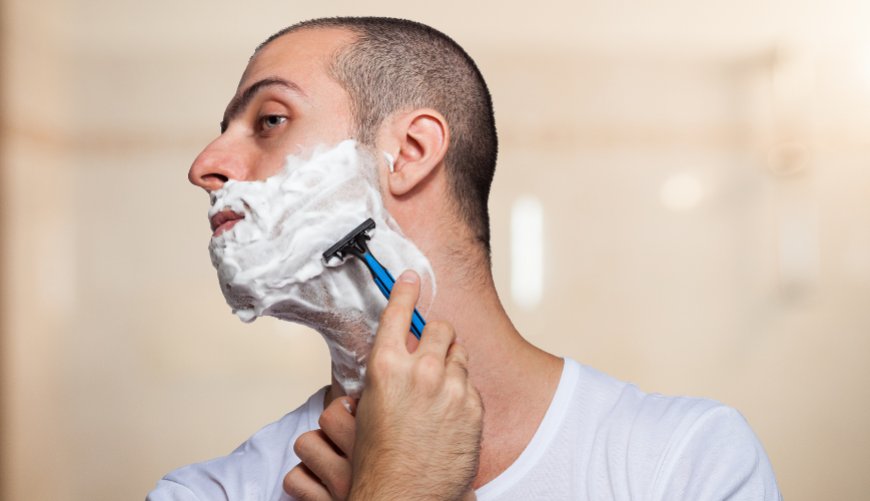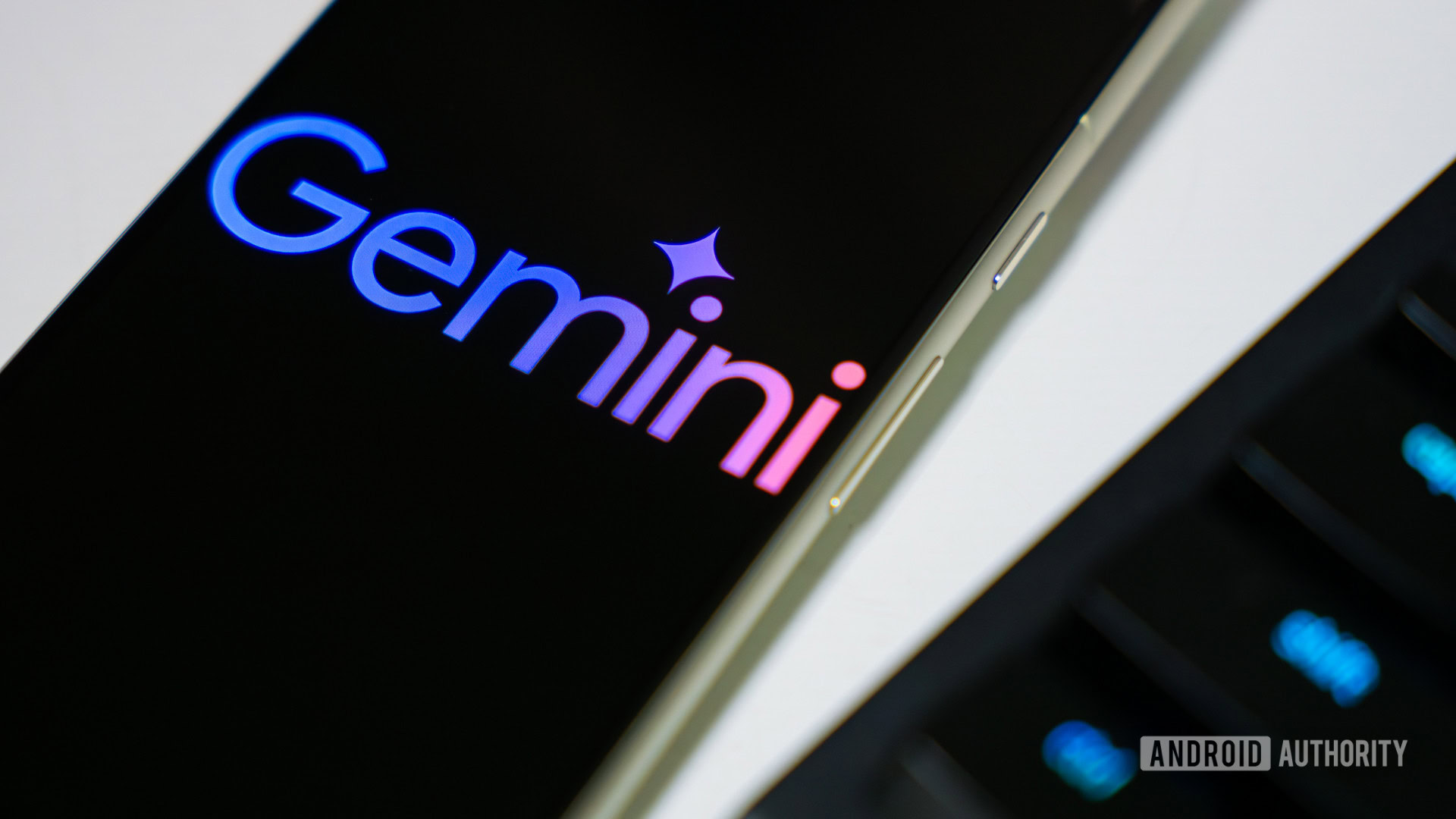The Global Wet Shave Market: Trends, Growth, and Future Outlook
Wet shave market reached a valuation of USD 18.56 billion in 2023, marking a significant milestone in the industry. With the growing emphasis on personal grooming and appearance, the wet shave market is expected to continue its robust growth trajectory.

The global wet shave market reached a valuation of USD 18.56 billion in 2023, marking a significant milestone in the industry. With the growing emphasis on personal grooming and appearance, the wet shave market is expected to continue its robust growth trajectory. The market is projected to expand at a compound annual growth rate (CAGR) of 9.0% from 2024 to 2032, reaching a value of USD 40.42 billion by 2032. This article explores the dynamics of the wet shave market, key growth drivers, regional trends, and leading players shaping the future of the industry.
Wet Shaving: Overview and Applications
Wet shaving is a traditional method of shaving that involves the use of a razor, shaving cream or gel, a brush, and aftershave lotion. Unlike dry shaving, which typically utilizes electric razors, wet shaving offers a closer and smoother shave, making it a preferred choice for many individuals. The demand for wet shave products is driven by factors such as increasing corporate culture, growing awareness of personal grooming, and the expanding availability of premium shaving products.
Wet shaving is widely used across various demographics, primarily segmented by gender. Male grooming remains the dominant sector, but female grooming is also gaining traction in the market. The preference for wet shaving is particularly prevalent in regions where traditional grooming practices are deeply rooted, and there is a rising trend toward premium and personalized grooming experiences.
Market Dynamics and Growth Drivers
The global wet shave market is fueled by several key factors:
-
Rising Personal Grooming Awareness: Personal grooming has become an integral aspect of modern life. People are increasingly conscious of their appearance, and this trend is not limited to specific regions. The growth of the e-commerce industry has made wet shaving products more accessible to consumers worldwide, driving market demand.
-
Corporate Culture and Professionalism: With the increasing number of people entering corporate jobs, maintaining a professional appearance is crucial. This has led to a growing demand for effective and high-quality shaving products, boosting the wet shave market.
-
Disposable Income and Urbanization: The rising disposable incomes in emerging economies, coupled with growing urbanization, are positively impacting the wet shave market. As people move to urban areas, they tend to adopt modern grooming practices, further driving the market's growth.
-
Innovations in Razor Designs: The wet shave market has seen significant innovations in razor designs, particularly in terms of comfort, precision, and safety. Companies are investing in research and development to introduce new products, such as multi-blade razors, pivoting heads, and lubricating strips, to enhance the shaving experience.
Regional Analysis
The wet shave market is segmented across several regions, each with distinct growth patterns and consumer preferences.
Asia Pacific: The Largest Market
The Asia Pacific region holds the largest share in the wet shave market, driven by factors such as rapid urbanization, increasing earning capacity, and a growing awareness of personal grooming. Countries like India and China are leading the growth in this region, with projected CAGRs of 11.6% and 9.9%, respectively, from 2024 to 2032. The region's large population and improving living standards contribute significantly to the market's expansion.
North America: A Growing Market
North America is another key market for wet shave products, with a projected CAGR of 8.2% during the forecast period. The demand for premium grooming products, along with the influence of social media and celebrity endorsements, is driving growth in this region. The U.S. and Canada are major contributors to the North American market, with Canada expected to grow at a CAGR of 9.3% between 2024 and 2032.
Europe: Emphasis on Organic and Sustainable Products
Europe is witnessing steady growth in the wet shave market, particularly due to the increasing demand for organic and sustainable grooming products. Germany, with a CAGR of 7.4%, leads the market in Europe, followed by Italy, which is expected to grow at a rate of 6.3% during the forecast period. European consumers are increasingly seeking eco-friendly alternatives, prompting manufacturers to innovate in this space.
Latin America, Middle East, and Africa: Emerging Markets
Latin America, the Middle East, and Africa are emerging markets for wet shave products. The growing urban population, coupled with increasing disposable incomes, is driving the adoption of wet shaving practices in these regions. Brazil and Saudi Arabia are expected to show notable growth in the coming years.
Market Segmentation
The wet shave market is segmented by product type, distribution channel, and region. Key product segments include razor cartridges, blades, disposable razors, non-disposable razors, shaving lotions and creams, and others.
By Product
-
Razor Cartridges: Razor cartridges dominate the product segment, with a projected CAGR of 10.1% from 2024 to 2032. These products offer convenience and are widely used by consumers seeking an easy and effective shaving solution.
-
Disposable Razors: The disposable razors segment is expected to grow at a CAGR of 8.6% during the forecast period. These products are particularly popular in emerging markets due to their affordability and ease of use.
-
Blades and Non-disposable Razors: While blades and non-disposable razors have a smaller market share, they remain essential products for consumers who prefer a more traditional shaving experience.
-
Shaving Lotions and Creams: The demand for shaving lotions and creams continues to rise as consumers seek products that provide comfort and skin protection during shaving.
By Distribution Channel
-
Hypermarkets: Hypermarkets are a major distribution channel for wet shave products, with a projected CAGR of 10.3% during the forecast period. These large retail outlets offer a wide range of grooming products, making them a convenient option for consumers.
-
Supermarkets: Supermarkets are another important channel, with a CAGR of 9.6%. Consumers often prefer supermarkets for their accessibility and variety of grooming products.
-
Independent Retailers and Others: Independent retailers and specialty stores also play a crucial role in the distribution of wet shave products, particularly in emerging markets where local preferences vary.
Competitive Landscape
The global wet shave market is highly competitive, with several key players dominating the industry. These companies are focusing on product innovation, mergers and acquisitions, and expanding their distribution networks to maintain their market position.
Key Players
-
Unilever PLC: Unilever is a leading player in the global wet shave market, known for its popular grooming brands like Dove and Axe. The company continues to innovate in the personal care space, driving market growth.
-
Dollar Shave Club, Inc.: A pioneer in the subscription-based razor model, Dollar Shave Club has disrupted the wet shave market by offering affordable, high-quality shaving products directly to consumers.
-
The Procter & Gamble Company: P&G, through its iconic Gillette brand, is a dominant force in the wet shave market. The company's strong distribution network and innovative product lines keep it at the forefront of the industry.
-
Edgewell Personal Care Company: Edgewell, the parent company of Schick and Wilkinson Sword, is another key player in the wet shave market, known for its high-quality razors and shaving products.
-
Other Notable Companies: Other major players include Edwin Jagger Limited, Godrej Consumer Products Limited, Johnson & Johnson Services, Inc., D.R. Harris & Co. Ltd, and Taylor of Old Bond Street.
The global wet shave market is poised for significant growth in the coming years, driven by rising personal grooming awareness, increasing disposable incomes, and innovations in shaving technology. The Asia Pacific region will continue to lead the market, while North America and Europe will see steady growth. Key players like Unilever, Dollar Shave Club, and Procter & Gamble are shaping the future of the industry through innovation and strategic expansion.
The wet shave market is set to thrive, with consumers increasingly seeking premium, personalized grooming experiences. As the industry evolves, the demand for high-quality, sustainable, and innovative wet shave products will continue to grow, offering new opportunities for both established players and emerging brands.
What's Your Reaction?
 Like
0
Like
0
 Dislike
0
Dislike
0
 Love
0
Love
0
 Funny
0
Funny
0
 Angry
0
Angry
0
 Sad
0
Sad
0
 Wow
0
Wow
0

















































